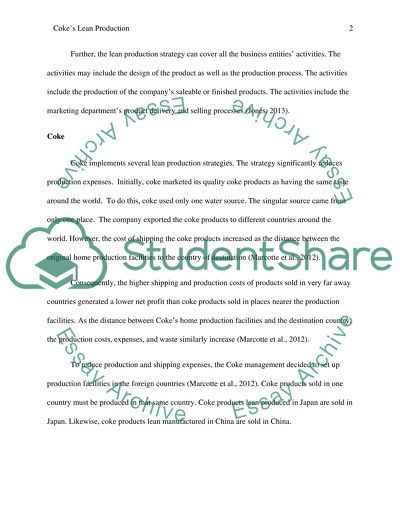Cite this document
(“Coca cola Essay Example | Topics and Well Written Essays - 1500 words - 1”, n.d.)
Retrieved from https://studentshare.org/finance-accounting/1669075-coca-cola
Retrieved from https://studentshare.org/finance-accounting/1669075-coca-cola
(Coca Cola Essay Example | Topics and Well Written Essays - 1500 Words - 1)
https://studentshare.org/finance-accounting/1669075-coca-cola.
https://studentshare.org/finance-accounting/1669075-coca-cola.
“Coca Cola Essay Example | Topics and Well Written Essays - 1500 Words - 1”, n.d. https://studentshare.org/finance-accounting/1669075-coca-cola.


